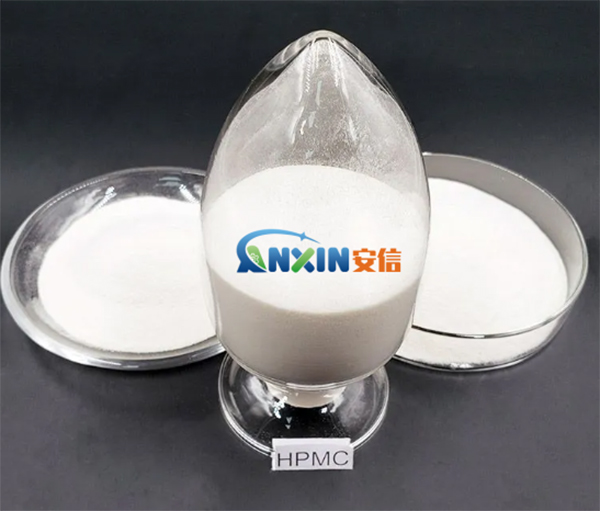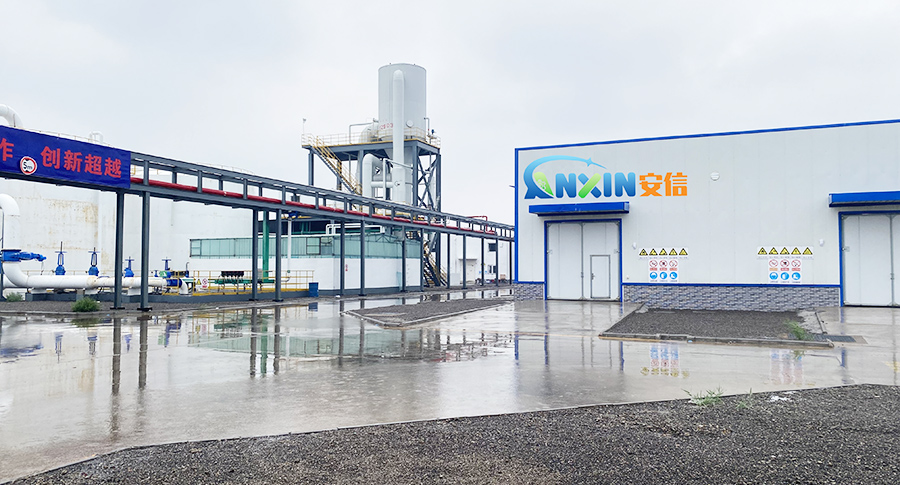Hydroxypropyl methylcellulose (HPMC) is a non-ionic cellulose ether widely used in building materials, medicine, food, cosmetics and other industries. The main technical indicators of HPMC include physical and chemical properties, solubility, viscosity, degree of substitution, etc.
1. Appearance and basic characteristics
HPMC is usually a white or off-white powder, odorless, tasteless, non-toxic, with good water solubility and stability. It can quickly disperse and dissolve in cold water to form a transparent or slightly turbid colloidal solution, and has poor solubility in organic solvents.

2. Viscosity
Viscosity is one of the most important technical indicators of HPMC, which determines the performance of AnxinCel®HPMC in different applications. The viscosity of HPMC is generally measured as a 2% aqueous solution at 20°C, and the common viscosity range is from 5 mPa·s to 200,000 mPa·s. The higher the viscosity, the stronger the thickening effect of the solution and the better the rheology. When used in industries such as construction and medicine, the appropriate viscosity grade should be selected according to specific needs.
3. Methoxy and Hydroxypropoxy Content
The chemical properties of HPMC are mainly determined by its methoxy (–OCH₃) and hydroxypropoxy (–OCH₂CHOHCH₃) substitution degrees. HPMC with different substitution degrees exhibit different solubility, surface activity and gelation temperature.
Methoxy Content: Usually between 19.0% and 30.0%.
Hydroxypropoxy Content: Usually between 4.0% and 12.0%.
4. Moisture Content
The moisture content of HPMC is generally controlled at ≤5.0%. A higher moisture content will affect the stability and use effect of the product.
5. Ash Content
Ash is the residue after HPMC is burned, mainly from inorganic salts used in the production process. The ash content is usually controlled at ≤1.0%. Too high ash content may affect the transparency and purity of HPMC.
6. Solubility and transparency
HPMC has good water solubility and can quickly dissolve in cold water to form a uniform colloidal solution. The transparency of the solution depends on the purity of HPMC and its dissolution process. High-quality HPMC solution is usually transparent or slightly milky.

7. Gel Temperature
HPMC aqueous solution will form a gel at a certain temperature. Its gel temperature is usually between 50 and 90°C, depending on the content of methoxy and hydroxypropoxy. HPMC with low methoxy content has a higher gel temperature, while HPMC with high hydroxypropoxy content has a lower gel temperature.
8. pH value
The pH value of AnxinCel®HPMC aqueous solution is usually between 5.0 and 8.0, which is neutral or weakly alkaline and suitable for a variety of application environments.
9. Particle Size
The fineness of HPMC is generally expressed as the percentage passing through an 80-mesh or 100-mesh screen. It is usually required that ≥98% pass through an 80-mesh screen to ensure that it has good dispersibility and solubility when used.
10. Heavy metal content
The heavy metal content (such as lead and arsenic) of HPMC must comply with relevant industry standards. Usually, the lead content is ≤10 ppm and the arsenic content is ≤3 ppm. Especially in food and pharmaceutical grade HPMC, the requirements for heavy metal content are more stringent.
11. Microbial indicators
For pharmaceutical and food grade AnxinCel®HPMC, microbial contamination must be controlled, including total colony count, mold, yeast, E. coli, etc., usually requiring:
Total colony count ≤1000 CFU/g
Total mold and yeast count ≤100 CFU/g
E. coli, Salmonella, etc. must not be detected

12. Main application areas
HPMC is widely used in many industries due to its thickening, water retention, film-forming, lubrication, emulsification and other properties:
Construction industry: As a thickener and water retention agent in cement mortar, putty powder, tile adhesive, and waterproof coating to improve construction performance.
Pharmaceutical industry: Used as an adhesive, sustained-release material, and capsule shell raw material for drug tablets.
Food industry: used as emulsifier, stabilizer, thickener, used in jelly, beverages, baked goods, etc.
Daily chemical industry: used as thickener and emulsifier stabilizer in skin care products, detergents, and shampoos.
The technical indicators of HPMC include viscosity, degree of substitution (hydrolyzed group content), moisture, ash content, pH value, gel temperature, fineness, heavy metal content, etc. These indicators determine its application performance in different fields. When choosing HPMC, users should determine the appropriate specifications according to specific application requirements to ensure the best use effect.
Post time: Feb-11-2025